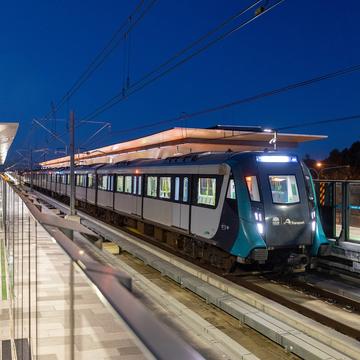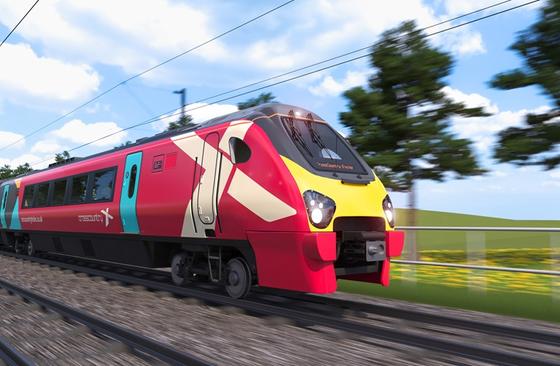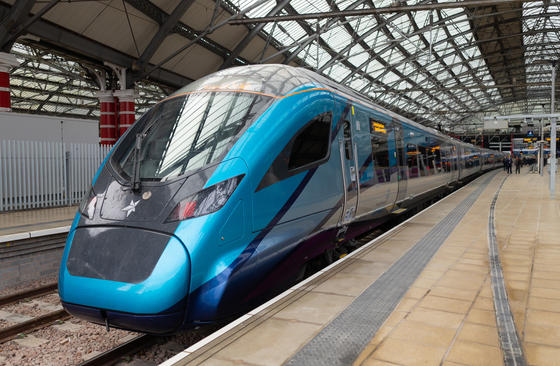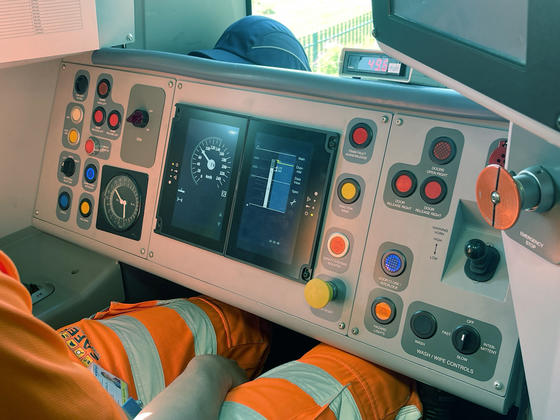
Alstom drives forward digital rail revolution as key UK passenger train completes dynamic ETCS testing
Alstom drives forward digital rail revolution as key UK passenger train completes dynamic ETCS testing
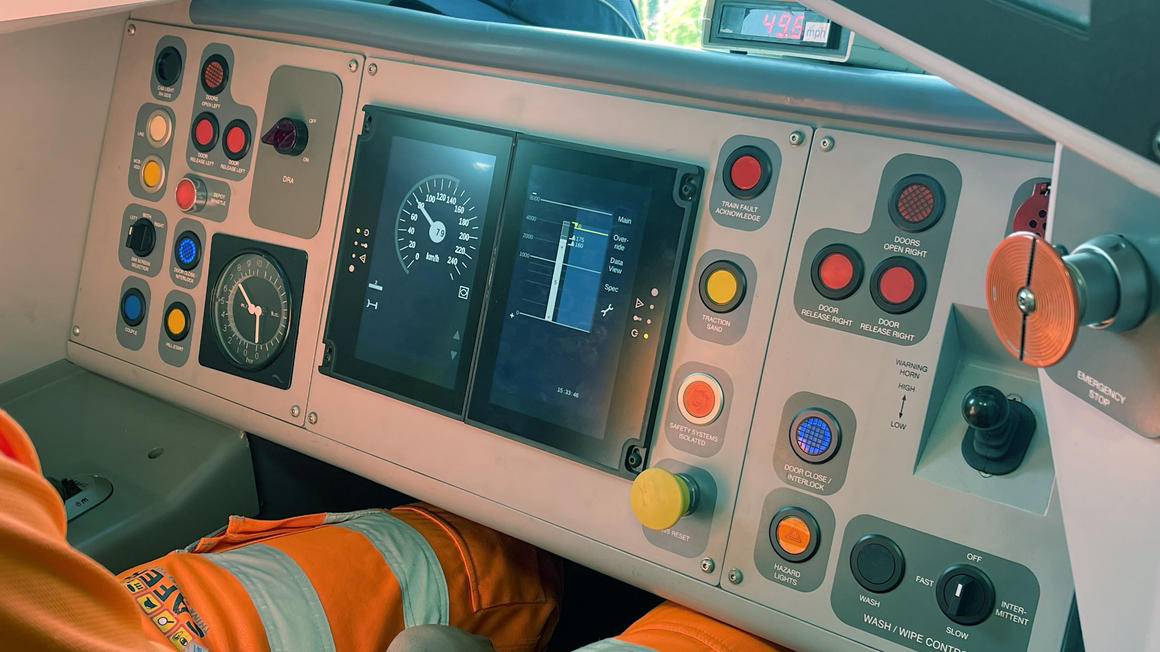
Another step forward has been taken towards the introduction of digital in-cab signalling to the UK’s East Coast Main Line (ECML) after Alstom has completed dynamic ETCS (European Train Control System) testing for a key passenger train.
Alstom’s Digital and Integrated Systems (D&IS) team initially installed in-cab signalling on Govia Thameslink Railway’s Great Northern Class 387/1 387101 and have since assessed the train across a range of operational scenarios.
Electrostar
Part of the Electrostar family of commuter units widely used in South East England, 387101 is the First in Class (FiC) for its respective fleet. In fact, it is the country’s first major commuter fleet to have digital signalling technology retrofitted, and lays the foundations for the upgrade to be applied to the rest of the UK’s vast Electrostar fleet and for future expansion of ETCS across other routes.
“We are proud to have provided the cutting-edge technology and expertise necessary to retrofit the Class 387 fleet, paving the way for a new era of safer, more efficient and sustainable rail travel."
“We are proud to have provided the cutting-edge technology and expertise necessary to retrofit the Class 387 fleet, paving the way for a new era of safer, more efficient and sustainable rail travel,” said David Maddison, D&IS Regional Director at Alstom.
He added: “Working with partners across the industry, Alstom is committed to advancing the digital rail revolution, ensuring that passengers and freight operators alike benefit from enhanced performance and reliability.”
The Electrostars are a family of electric multiple-unit (EMU) passenger trains manufactured at Alstom’s Litchurch Lane facility in Derby between 1999 and 2017. 387101 returned to Litchurch Lane in 2023 to be retrofitted with the onboard ETCS system (Atlas 3) and each new piece of equipment went through powered-up – static – electrical testing. Alstom also carried out low-speed dynamic testing of the Eurobalise antenna and odometry system, which detect the train’s location.
As one of the largest rolling stock factories in the world, Alstom’s Derby site is today the only UK facility that designs, engineers, builds and tests trains for domestic and export markets – alongside offering servicing and signalling solutions.
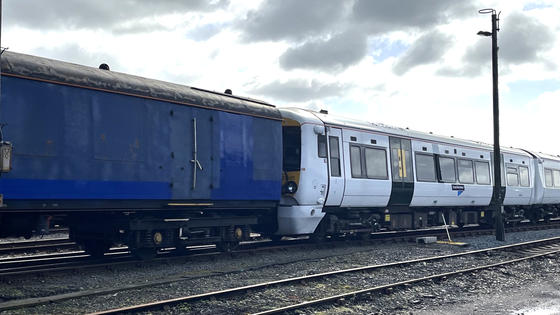
Industry collaboration
The dynamic testing, carried out at Network Rail’s Rail Innovation and Development Centre (RIDC) in Melton Mowbray, forms a vital stage in the preparations for the Class 387 fleet operating with digital signalling as part of the East Coast Digital Programme (ECDP) and subsequent ETCS deployments. The process has involved close collaborative working between Alstom, Network Rail, Govia Thameslink Railway (GTR) and Porterbrook, which owns the Class 387 Electrostar.
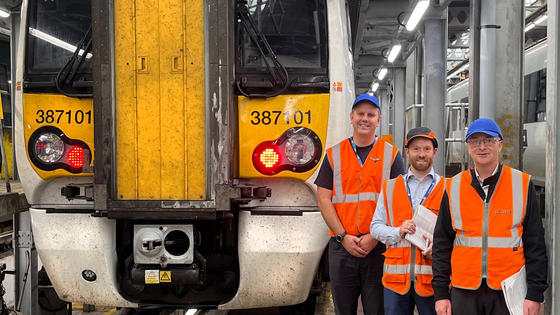
“Porterbrook is pleased to be playing our part in supporting Network Rail and our industry partners with the delivery of the ECDP,” said Ben Ackroyd, Chief Operating Officer at Porterbrook.
He added: “Completing the dynamic testing of these FiC units is an important milestone that can be directly attributed to the hard work and close collaboration of all those involved with this complex project.”
These upgraded trains work with a new operating system that continuously communicates details of their position, speed and direction. It provides signalling information directly to a computer screen in the driver’s cab, meaning signals at the side of the railway track are no longer required. 387101 will now go through a process of accumulating fault-free running mileage as the next stage in the approvals process.
ETCS is digital signalling technology which meets the European signalling standard, European Rail Traffic Management System (ERTMS).
